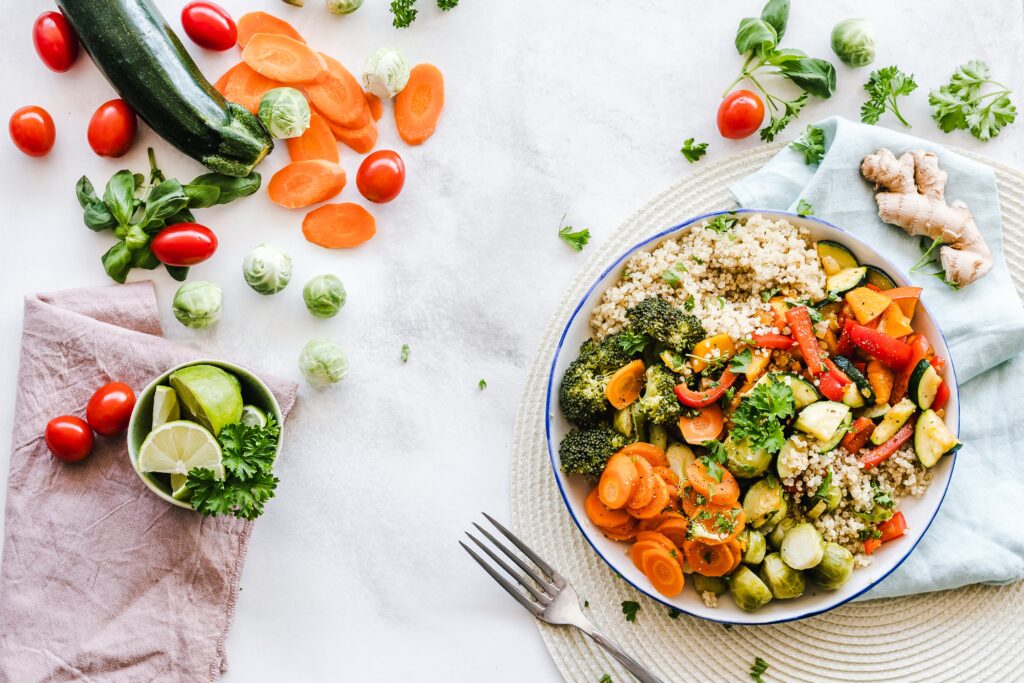Incorporating Nutrient Dense Foods into your Everyday

Nutrient dense foods are high in vitamins, minerals, and essential nutrients (i.e., protein, healthy fats, and carbohydrates) that are vital to our overall health and wellbeing. Nutrient dense foods also tend to have lower amounts of saturated fat, added sugar, and sodium, all of which can be detrimental to our health if consumed in excess.
Here are some examples of nutrient dense foods:
· Fruits: apple, grapes, strawberries, bananas, blueberries, blackberries, kiwi
· Vegetables: spinach, bell peppers, kale, carrots, zucchini, mushrooms
· Whole grains: brown rice, multigrain bread, whole grain pasta, whole grain crackers
· Fish: salmon, whitefish, tuna, bass, cobia, mackerel, cod, sardines, herring
· Lean meat: chicken, turkey
· Nuts: cashews, almonds, peanuts, walnuts
· Legumes: chickpeas, black beans, lima beans, kidney beans, navy beans
How to add nutrient dense foods into your daily life:
- Try to include more whole foods in your diet. Whole foods are those that have been processed or refined as little as possible. They are free from additives, preservatives, and are as close to their natural state as possible (e.g., choose a baked sweet potato versus sweet potato chips or sweet potato fries)
- Swap white rice for brown rice / whole grain rice / quinoa
- Add a handful of fresh or frozen fruit to your usual breakfast. If you already do this, try adding a vegetable (for example: spinach to scrambled eggs, kale to smoothies, tomato to avocado toast etc.)
- Choose fruits and veggies with lots of colour! The more vibrant the colour, the more nutrients the food may contain! For example, blueberries rank as one of the highest for antioxidant activity when compared against other fruits and vegetables.
- If you love roasted white potato, you will love roasted sweet potato too! Swap out your russets for yams or chop up both for extra variety & a nutrient boost!
- Cook with a good quality oil such as olive oil or avocado oil for a source of healthy fat
- When adding toppings to pizza, tacos, or sandwiches, try adding one more veggie instead of more meat or cheese!
At mealtime, ask yourself how you can boost the nutrient density of your meal!
o Can I add an extra vegetable to this dish?
o Can I add fruit to this salad?
o Can I add any nuts or seeds to increase the healthy fats?
o Can I swap this for something that may contain more nutrients (e.g., spinach instead of iceberg lettuce)?
o Can I make this meal into a salad or serve it on a bed of greens?
Looking for more tips on how to increase your fruit and vegetable intake? https://www.albertahealthservices.ca/assets/info/nutrition/if-nfs-boost-your-vegetable.pdf
Sources:
